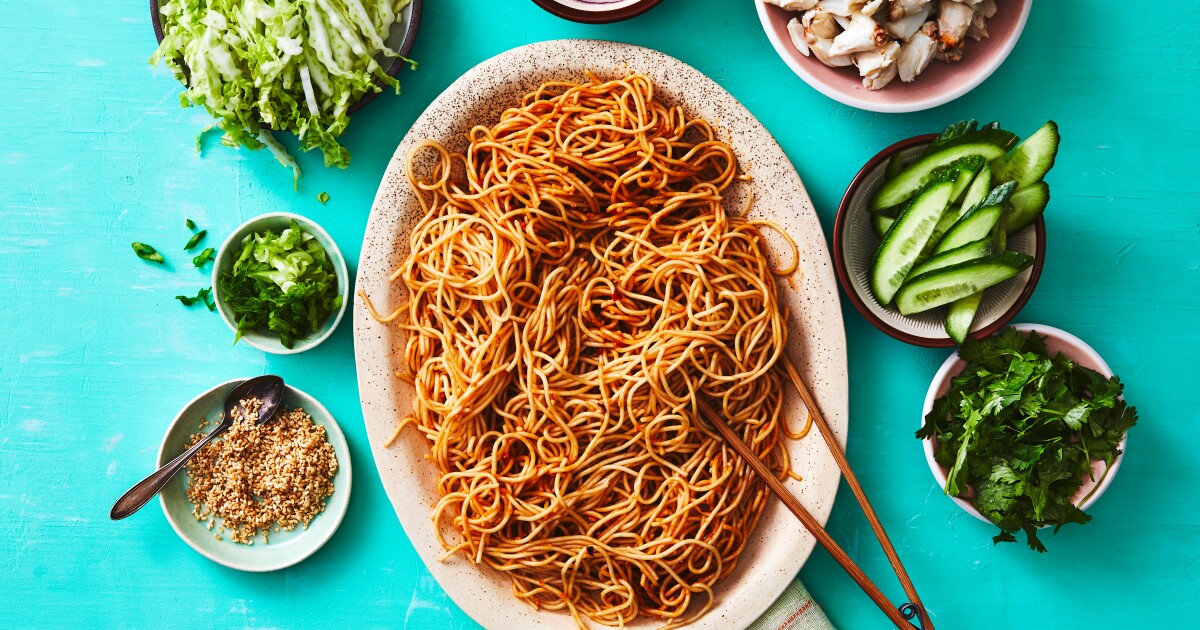Originally published April 19, 2009
By Valerie Easton, former Natural Gardener writer
” ‘SUNGOLD’ WINS THE tomato taste-off every year,” says Wally Prestbo. “It’s the sweetest tomato out there.”
And Prestbo knows his tomatoes. This green-thumb volunteer raises 3,000 plants from seed, most bound for the Master Gardener spring sale [there is no spring sale scheduled for 2022], the rest to the Bellevue Demonstration Garden, where the annual tomato taste-off is held every September.
Not only is ‘Sungold’ deliciously sweet, it’s also vigorous enough to ripen reliably, making this little golden fruit the one tomato we all should consider planting.
Which brings us to the amnesia we gardeners tend to suffer when it comes to tomato disappointments. Forget blight, rot and last summer’s punky weather. Every spring, we plunge in with tomato seeds and starts, gleefully anticipating bumper crops of ripe, juicy fruit. But the cold truth is the Seattle area ranks next-to-lowest in the nation for annual heat units, the measure of what tomatoes require to ripen.
Unfortunately, as Prestbo puts it, “Tomatoes like weather that starts out warm, gets warmer and stays warm.” But don’t despair. Prestbo has developed straightforward strategies for growing tomatoes successfully without sprays or chemicals:
● Choosing: Get the right type for your growing conditions. Tomatoes come in two kinds: determinate and indeterminate. The former are bushy and compact, ideal for containers. They stop growing earlier in the season, ripening all their fruit over a two- to three-week period. Determinates do not need to be caged, staked, pruned or pinched (much).
Indeterminate types (aka vining) are larger and lankier; they need more pruning and sturdy caging, which they make up for by producing fruit until killed by frost. These babies can grow 10 feet high. Whichever kind you choose, look for healthy green leaves and sturdy stems.
● Siting: Plant where they’ll get at least six hours of sun and the most heat possible. The ideal is a raised bed basking in reflected heat off a south-facing wall.
● Timing: Tomatoes usually can go into the ground by mid-May, when soil temperatures reach 50 degrees. “I’ve found that late and early planted tomatoes usually end up pretty much the same,” says Prestbo. He gives his plants a heat boost by covering them with hoops draped in clear plastic during their early weeks in the ground.
● Fertilizing: Prestbo digs a balanced (5-10-10 or 10-10-10) organic fertilizer into the soil at planting time, then doses his plant with a liquid feed at the first of June and July.
● Watering: Tomatoes need plenty; keep water off the leaves.
● Pruning: Prestbo simply prunes up from the bottom of the plant so that no leaves are touching the soil, to protect from mold and blight.
Does a guy who grows so many tomatoes for the public also plant them in his own garden? “Oh, yes,” enthuses Prestbo. “I have 14 raised beds at home. I always grow ‘Sungold’. ‘Juliette’ is a globe-shaped red, good for salads; ‘Burpee’s Burger’ is a great slicer; ‘Sweet Tangerine’ is a golden tomato.”
He’s keen to try Burpee’s ‘Sweet Seedless’ (“a bit of a novelty”) and also the compact ‘Window Box Roma’, because his many customers are always asking for the best tomatoes in containers.
The opinions expressed in reader comments are those of the author only and do not reflect the opinions of The Seattle Times.



